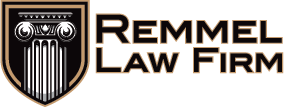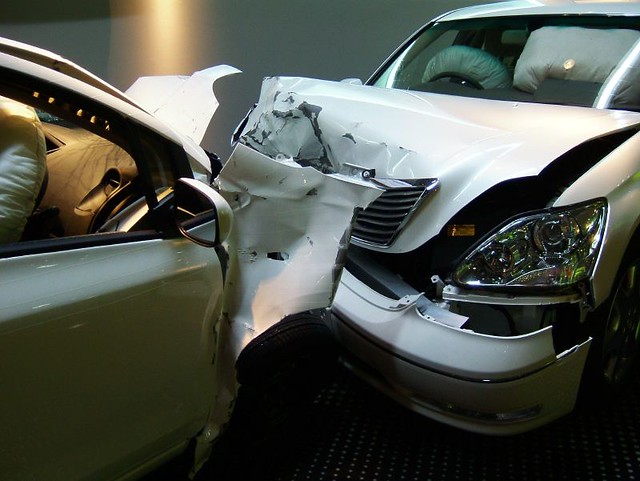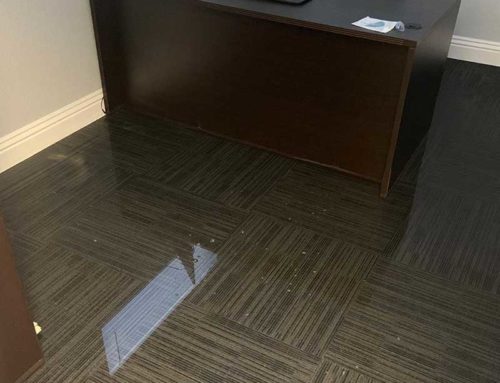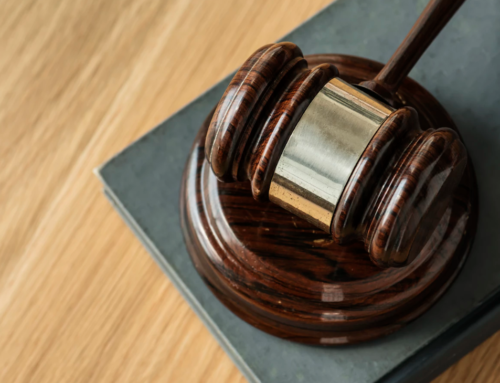Nevada, like most states, requires its drivers to carry liability insurance as a condition for operating a motor vehicle. This insurance must be purchased from a company licensed to sell auto insurance, and it must pay at least the following:
$15,000 for injuries affecting a single individual
$30,000 for all injuries affecting two or more individuals
$10,000 for property damages
Proof of liability insurance is required to register a vehicle in Nevada, and individuals caught driving without it can have their licenses suspended until they submit proof of current coverage and pay a $250 reinstatement fee. Despite the risk of fines and suspensions, drivers sometimes let their liability insurance policies lapse either for financial reasons or because they simply forgot to renew them or make timely payments. If you’re one of these drivers, and you get into an accident while you’re uninsured, here’s what you can anticipate.
If The Other Driver (Or Someone Else) Was At Fault
If someone else caused the collision, first breathe a big sigh of relief. The fact that you lacked insurance at the time of the accident should have no significant bearing on what happens to you and your case in the coming months.
As soon as possible, start gathering information about what happened and who was present at the time of the accident. Obtain contact information for everyone involved, whether they were operating a vehicle or riding as a passenger, as well as any eye witnesses you manage to talk to. Record the license plate numbers for all affected vehicles, and take pictures of the cars and the accident scene in general with your phone or a camera. Most important, collect the driver’s license numbers and insurance policy details of those individuals you deem responsible for what happened.
Assuming someone else is at fault, you’ll have two options for recovering the costs of medical treatment, vehicle repair and other expenses related to the accident:
1.) File a claim with the responsible party’s insurance company, and/or
2.) File a personal injury lawsuit against the party, or parties, that caused the collision.
You won’t be required to utilize information about your insurance coverage to complete this process.
When Having Insurance Matters, Or What It Means to Drive In A “Fault State”
In Nevada, as well as nearby Utah and Arizona, the consequences of being uninsured at the time of an accident you didn’t cause are surprisingly minimal. This is because Nevada, Utah and Arizona are all known as “fault states” when it comes to insurance liability.
In a fault state, the driver who causes an auto accident bears sole financial responsibility for any and all damages suffered by the parties involved. The insurance coverage held by the person at fault is the only coverage that’s relevant in terms of compensating those affected by a collision.
In no fault states, insurance companies pay at least some of a driver’s accident costs, regardless of whether or not the driver was at fault. Someone involved in a collision in a no fault state typically has to file a claim with their own insurance company before requesting compensation from the other party’s carrier, even if they weren’t to blame for what happened.
If You Were At Fault
If you have a motor vehicle accident while driving uninsured, and there’s evidence to suggest you’re to blame for it, living in a fault state like Nevada means you’ll need to work especially hard to minimize the consequences you’re likely to face, both immediately and over time.
First and foremost, it’s important that you resist the urge to lie or refuse to answer questions about your insurance at the scene of the accident. Doing either of these things will compound your problems later. Be honest and upfront about the fact that you don’t have coverage, offer your contact information, and collect details about the accident. Unless you can afford to compensate the other driver yourself for any and all damages related to the accident, the driver will probably file a claim with their insurance company to cover their expenses. The driver’s insurance company will then try to recover these costs from you through a process known as subrogation.
Even if you can’t reimburse the insurance company for everything, you’ll have to pay something to settle a subrogation case. You’ll be required to produce financial affidavits documenting your income and assets, which will be used to determine how much you must pay and under what time frame. You should anticipate having to make a lump sum payment or submit money in installments over a period of time.
Operating a vehicle without insurance can have significant, painful and long-term consequences, costing you money, time, stress and heartache. If you’re truly strapped for cash and must sacrifice your liability coverage, make alternative arrangements for transportation. Getting behind the wheel without insurance is not worth the risk.
If you’ve been driving uninsured and you’ve had an accident while doing so, we urge you to contact an experienced and knowledgeable attorney as soon as possible. Obtaining legal advice from an expert is the best, and only, way to protect yourself from suffering more than you absolutely have to.
Featured image by Melodi2
If you liked this post, you might also enjoy:
 Motorcyclists Beware: Helmet Laws Differ By State
Motorcyclists Beware: Helmet Laws Differ By State









